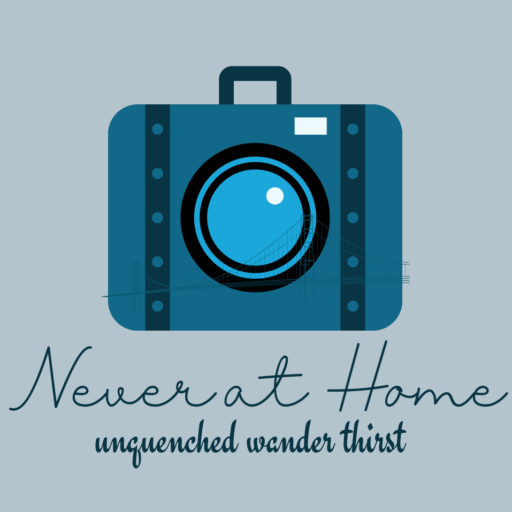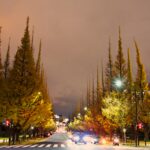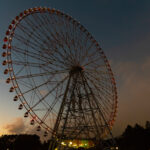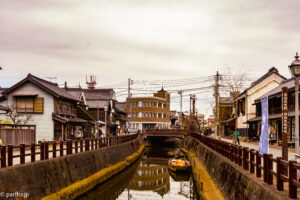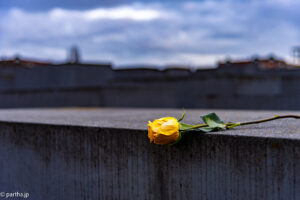
Berlin was bleak. The skies were grey, the trees bare and the city lacked colour. Snow flurries floated by the windows as my plane taxied into the gates.
The queues at passport control were missing the famed German efficiency. Lines formed and dissipated at random as the lone person monitoring the flow walked across the ends of the hall.
A new counter opened up and people rushed to it breaking the little sense of order. When my turn came the officer looked disinterestedly, barely making eye contact and slapped my passport down on the counter. The cold outside seemed to permeate the welcome in that immigration counter.
There was a small snow storm brewing as I stepped outside the airport. The pick-up point for my Uber was out in the open, I had to walk through the frenzied flurries to reach my cab. The cold welcome had turned icy.
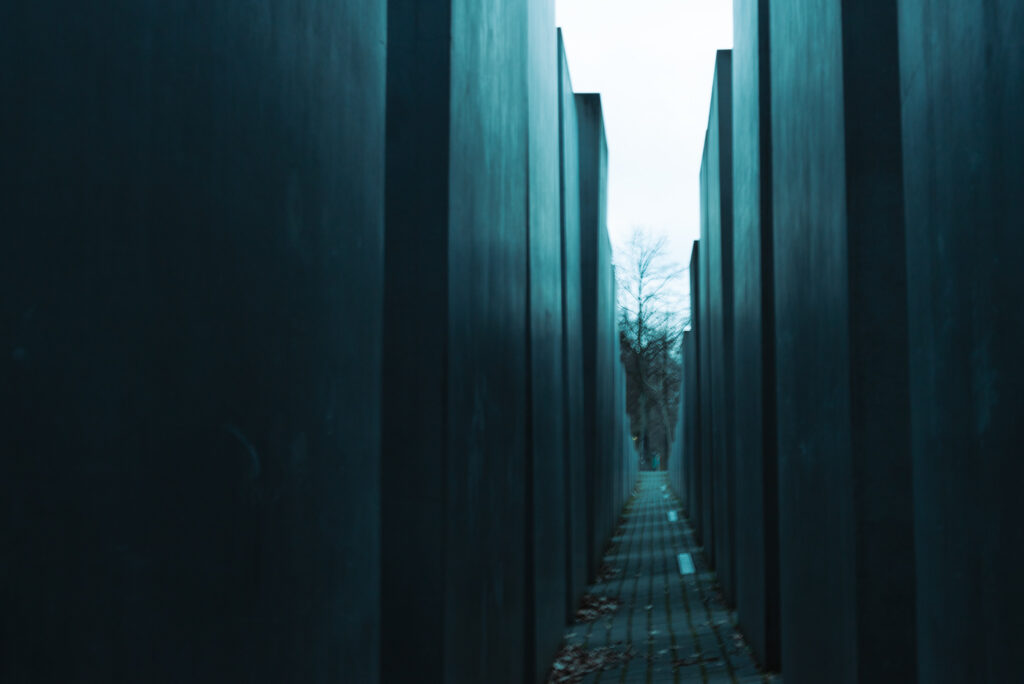
My Uber, driven by a friendly man of Turkish descent weaved out of the airport only to get stuck on the tunnel at the 21-oblandstrasse. Devoid of motion we stuck up a conversation.
‘I was born in Berlin’, he said when I asked a vague question on his origin. He drove for Uber for his a living, it was enough to sustain a full time livelihood. He explained how easy it was to drive an Uber, the rules and processes that I was used to in Japan seemed almost non-existent. A medical check-up was all he needed to drive for Uber. Parking costs seemed to be astonishingly. When you realise that Berlin has around 3.5 million people compared to the 14 million in Tokyo it is easier to understand the difference. Finally free from the tunnel and close to the exit we watched a car come in reverse, avoiding another crowded road and turned into another street.
The long drive into the reverse was something I would experience in the following days. That day my Uber turned into a narrow road, enough for only one vehicle and after driving a few hundred meters down saw the headlights of an oncoming bus. There was no space for the public transportation bus to pass, so the driver put the car into reverse and drove back the few hundred meters as my companions excitedly took a video of the action movie like scenario.
The friendly driver, held up in the tunnel for close to an hour, turned into a Kamikaze once out of the tunnel. He weaved in and out of the traffic, taking sharp turns and driving pas streets constricted by cars parked on either side.
The streets seemed deserted, the parks and playgrounds emptied. An occasional lonely wanderer came into sight, the city or at least the part of which I was passing through seemed to have recused itself for the season.
The hotel staff showed politeness in their efficiency, the check-in process completed and directions given. Coming from Japan and accustomed to smiles and bows and the occasional small talk the businesslike efficiency seemed pleasantly quaint.
I always stay at a hotel around Friedrichstrasse, the hotels change but the area has always remained the same. It is within walking distance of a few famous tourist spots, the holocaust memorial, the Brandenburg gate, Checkpoint Charlie and the Berlin Wall memorial. It has become a tradition for me to drop my luggage at the hotel and immediately go for a walk.
The holocaust memorial is 20 minute walk from Friedrichstrasse, the city centre. A monument to the harrowing history that redefined the nation is anything but depressing. School children darted btween the steles. Tour groups stood on the sides, the guides explaining the sad history behind the monument, but the children refused to let history affect their moods.
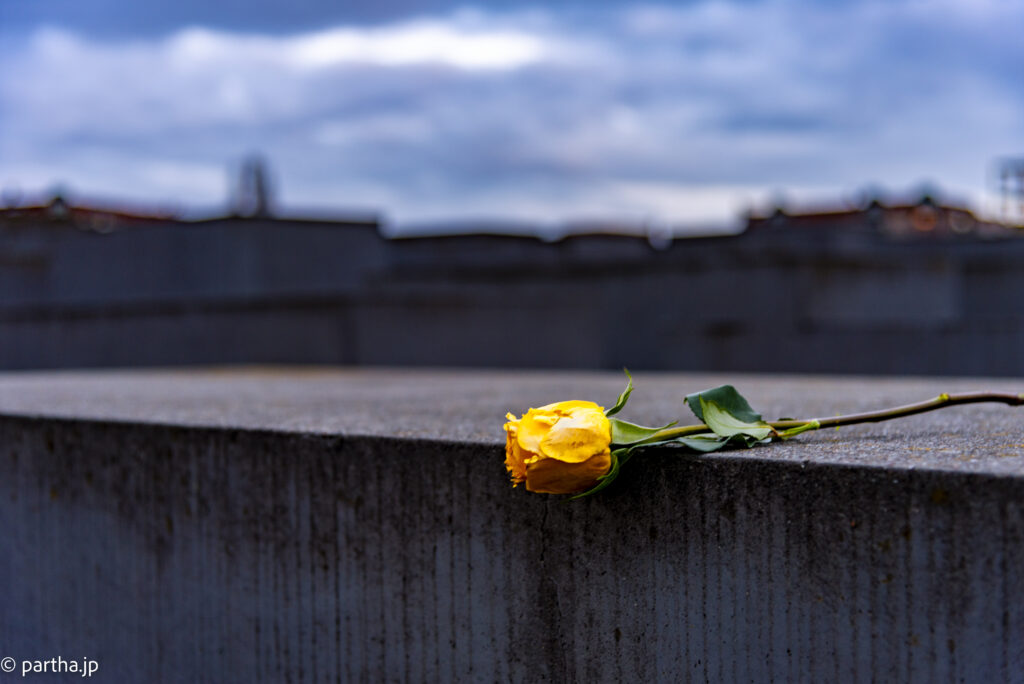
They shouted and ran between the stone slabs, suddenly coming into sight and disappearing with equal speed. A lone yellow rose rested on one of the slabs, an offering from someone conscious of the solemn history. An occasional bright cap peeked out of the grey slabs but everything around seemed grey.
More teenagers appeared and the noise levels increased with their exuberance, the solemn memorial and the savage history it represented seemed to be forgotten. The yellow rose and another bunch of red roses on a separate stele seemed to add colour. As I looked across I could see a bright red cap peeking out from an area where the memorial sloped down.
The Brandenburg gate was another few minutes walk from here. A cold wind below across the Unter de Linden Boulevard as crowds strolled past. A group spoke in Punjabi with a Pakistani accent and they stopped to take pictures of each other, one of the men twirling up his moustache. Another group chatted in Spanish and a lone man stood in the wind bravely playing a trumpet.
The Brandenburg gate has been compared to the Champs-Elysées although on this late winter evening it seemed like a deserted replica of the famous Parisian monument. The Boulevard was lined with trees until the early 20th century when they were cut down to make way for a streetcar tunnel and in the later years of the 2nd World War to be used as firewood. The trees were replanted in the 1950s but later in that decade when the Berlin Wall came up the gate was placed in the no mans’s land between the East and West Germanys.
The Russian embassy, said to be the largest embassy in all of Europe, is close to the gate and makeshift protest memorials for the Ukrainian war had spring up. There are protests held in front of the embassy regularly but on this evening the memorial was depopulated and silent. A few candles battled the winds, few of them already snuffed out.
The crowds at the Brandenburg gate were sparse due to the cold but as I struggled to take a picture of the gate without any people in the foreground a young woman joined the trumpet player and rendered an almost faultless ‘Easy on me’. A small crowd gathered around to hear the singer, then applauded and the collection box filled up.
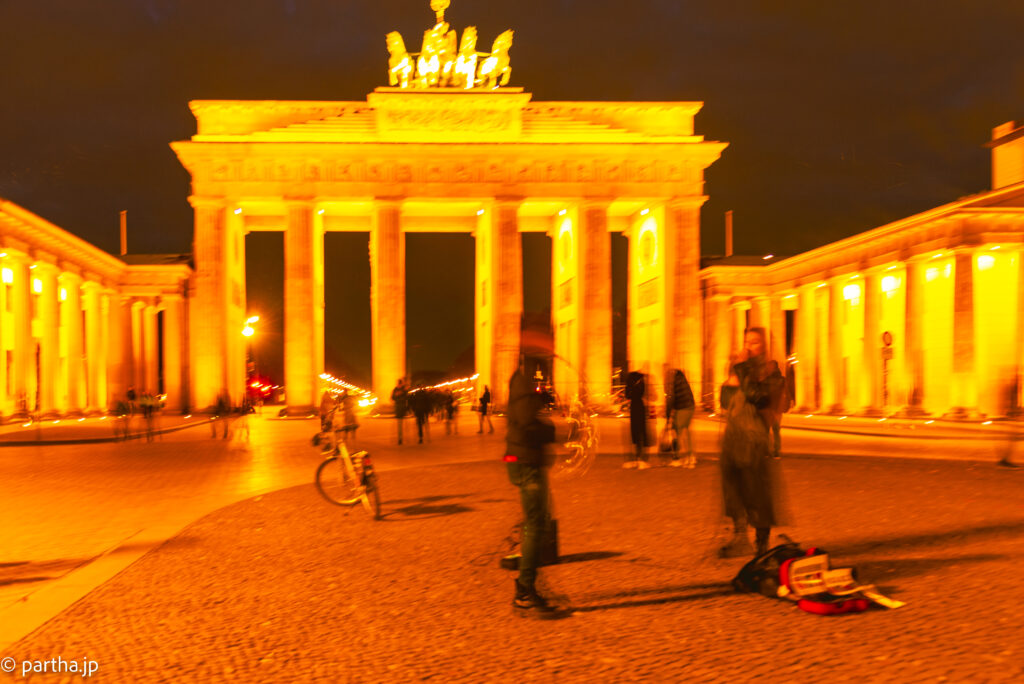
I walked back to my hotel in Friedrichstrasse, walking past the closed stores and packed restaurants and bars. Two currywurst and doner kebab shops stood next to each other under the Friedrichstrasse station, food transplanted, transformed along with migrants, then mutated but quintessentially German.
The next few days were spent in work leaving little time for exploration and the only opportunity came on the last evening, an hour squeezed in to go to Checkpoint Charlie and the Berlin War Memorial. The memorial covers the German history before and after the 2nd World War, recounting the sordid episodes of a history that is not forgotten.
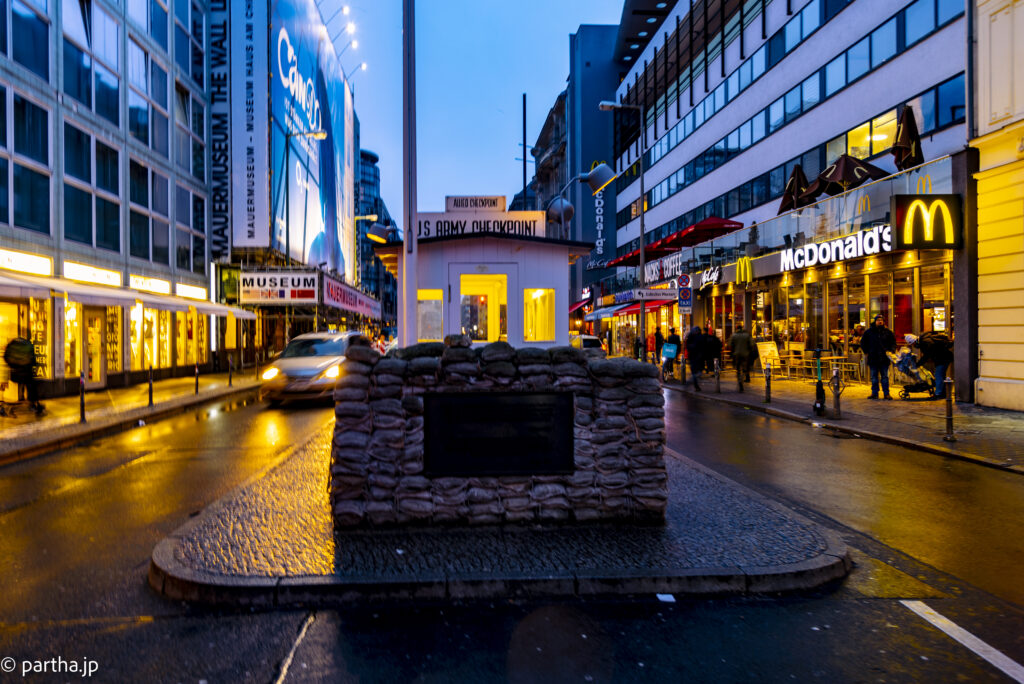
The Berlin wall memorial is a more than a monument to the ‘wall’. It is horror transcribed along with pictures to illustrate the evil that can come out of man. It takes a while to read through each period of that history but the purpose is to shock and it succeeds. There was an effort to write off a lot of what happed by describing it simply as the ‘banality of evil’. Scientists, bureaucrats, politicians , people from all walks of life took a break from humanity and turned into savages.
Evil is not momentary, it endures through beliefs and teachings. Unless we recognise what drives people to such extremes and eradicate what drives these actions, we will be pushing the rock up the mountain in futility.
The years since the carnage of the 1930s and 1940s has shown that people need to be constantly reminded of the dangers of hate, the transformation from human to inhuman can be terrifyingly easy.
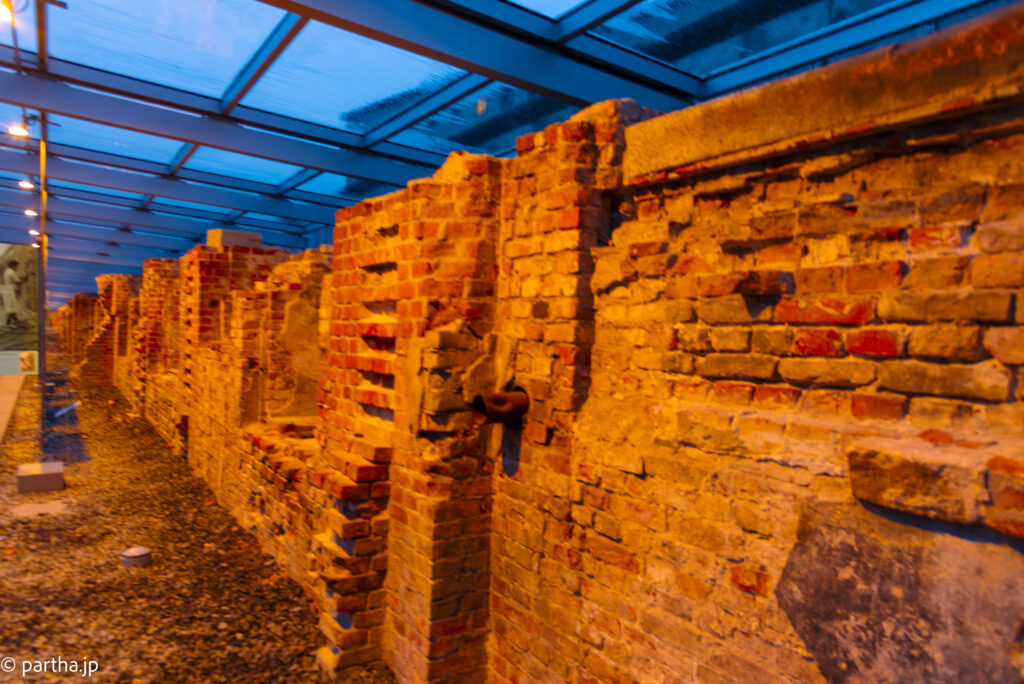
The hate that resides in the most ordinary of us all, how we channel that hate to carry our orders and find justification for the actions is something that can neither be understood nor overcome.
We still need monuments to remind people of their own capacity for depravity. Germany uses the past to reflect on what should not be done in the future.
The correct way, if there is ever such a way, is to take the opposite one. The country which accepted the highest number of refugees, in Europe’ from war ravaged countries like Syria and Iraq seems to be headed on that path.
Berlin is a mix of old and new, the past not forgotten or brushed under and the present, a vibrant and multicultural metropolis.
Someone described Berlin as ‘A modern, dynamic city that is constantly evolving with a rich history and a bright future ahead’.
Standing under the lights at a crossing in Friedrichstrasse , the skies drab and grey with a late winter drizzle but the windows of the restaurants and bars lighting up the surroundings and transforming this once ravaged city into a shining symbol for the future, I couldn’t agree more!
